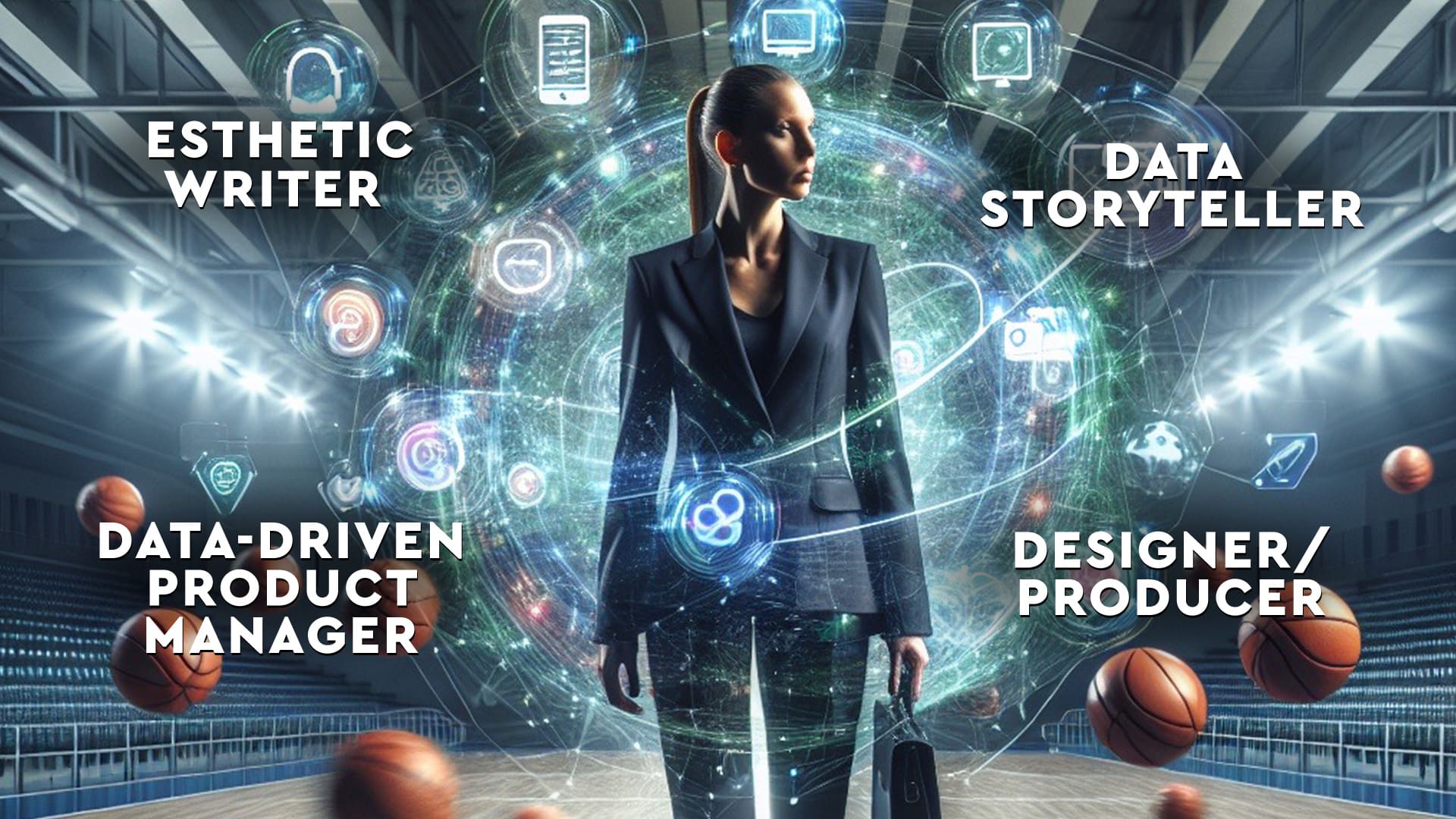MARKETING
Being position-less secures a marketer’s position for a lifetime

On March 20, 2024, the Position-less Marketer was introduced on MarTech.org and my keynote address at Optimove’s user conference.
Since that initial announcement, we have introduced the term “Position-less Marketer” to hundreds of leading marketing executives and learned that readers and the audience interpreted it in several ways. This article will document a few of those interpretations and clarify what “position-less” means regarding marketing prowess.
As a reminder, data analytics and AI, integrated marketing platforms, automation and more make the Position-less Marketer possible. Plus, new generative AI tools like ChatGPT, Canna-GPT, Github, Copilot and DALL-E offer human access to powerful new capabilities that generate computer code, images, songs and videos, respectively, with human guidance.
Position-less Marketer does not mean a marketer without a role; quite the opposite
Speaking with a senior-level marketer at a global retailer, their first interpretation may be a marketer without a role/position. This was a first-glance definition from more than 60% of the marketers who first heard the term. But on hearing the story and relating it to “be position-less” in other professions, including music and sports, most understood it as a multidimensional marketer — or, as we noted, realizing your multipotentiality.
One executive said, phrasing position-less in a way that clarified it for me was “unlocking your multidimensionality.” She said, “I like this phrase immensely.” In reality, the word we used was “multipotentiality,” and the fact that she landed on multidimensionality is correct. As we noted, you can do more than one thing.
The other 40% of marketing executives did think of the “Position-less Marketer” as a marketing professional who is not confined or defined by traditional marketing roles or boundaries. In that sense, they are not focused only on branding or digital marketing; instead, they are versatile and agile enough to adjust to the new conditions created by the tools that new technology has to offer. As a result, the Position-less Marketer should be comfortable working across channels, platforms and strategies, integrating different approaches to achieve marketing goals effectively.
Navigating the spectrum: Balancing specialization and Position-less Marketing
Some of the most in-depth feedback came from data analytic experts from consulting firms and Chief Marketing Officers who took a more holistic view.
Most discussions of the “Position-less Marketer” concept began with a nuanced perspective on the dichotomy between entrepreneurial companies and large enterprises.
They noted that entrepreneurial companies are agile and innovative, but lack scalability and efficiency. Conversely, large enterprises excel at execution but struggle with innovation due to rigid processes.
Drawing parallels, many related this to marketing functionality, with specialists excelling in their domain, but needing a more holistic perspective and Position-less Marketers having a broader understanding but needing deep expertise.
Some argued that neither extreme is ideal and emphasized the importance of balancing specialization and generalization based on the company’s growth stage and competitive landscape.
They highlight the need for leaders to protect processes while fostering innovation, citing Steve Jobs’ approach of creating separate teams to drive innovation within Apple. They stress the significance of breaking down silos and encouraging collaboration across functions, even if it means challenging existing paradigms.
Ultimately, these experts recommended adopting a Position-less Marketing approach as a competitive advantage in today’s landscape, where tight specialization is common. They suggest that by connecting dots across different functions, companies can offer unique value to customers. However, they caution against viewing generalization as an absolute solution, emphasizing the importance of context and competitive positioning.
These marketing leaders advocate for a balanced marketing approach that leverages specialization and generalization to drive innovation and competitive advantage while acknowledging the need to adapt strategies based on industry dynamics and competitive positioning.
Be position-less, but not too position-less — realize your multipotentiality
This supports what was noted in the March 20th article: to be position-less, but not too position-less. When we realize our multipotentiality and multidimensionality, we excel as humans. AI becomes an augmentation.
But just because you can individually execute on all cylinders in marketing and perform data analytics, writing, graphics and more from your desktop does not mean you should.
Learn when being position-less is best for the organization and when it isn’t. Just because you can write copy with ChatGPT does not mean you will write with the same skill and finesse as a professional copywriter. So be position-less, but not too position-less.
Position-less vs. being pigeonholed
At the same time, if you are a manager, do not pigeonhole people. Let them spread their wings using today’s latest AI tools for human augmentation.
For managers, finding the right balance between guiding marketing pros to be position-less and, at other times, holding their position as specialists and bringing in specialists from different marketing disciplines will take a lot of work. We are at the beginning of this new era. However, working toward the right balance is a step forward in a new world where humans and AI work hand-in-hand to optimize marketing teams.
We are at a pivot point for the marketing profession. Those who can be position-less and managers who can optimize teams with flawless position-less execution will secure their position for a lifetime.

![How AEO Will Impact Your Business's Google Visibility in 2026 Why Your Small Business’s Google Visibility in 2026 Depends on AEO [Webinar]](https://articles.entireweb.com/wp-content/uploads/2026/01/How-AEO-Will-Impact-Your-Businesss-Google-Visibility-in-2026-400x240.png)
![How AEO Will Impact Your Business's Google Visibility in 2026 Why Your Small Business’s Google Visibility in 2026 Depends on AEO [Webinar]](https://articles.entireweb.com/wp-content/uploads/2026/01/How-AEO-Will-Impact-Your-Businesss-Google-Visibility-in-2026-80x80.png)















